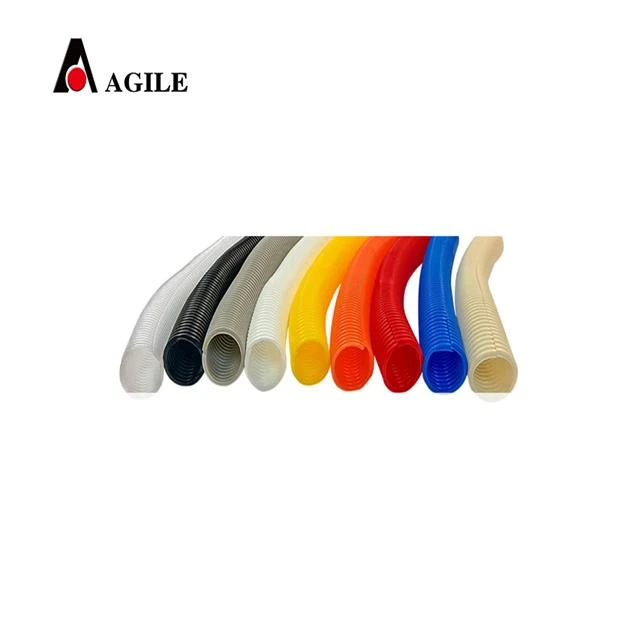cnc lathe chip conveyor
Understanding CNC Lathe Chip Conveyors A Key Component in Modern Manufacturing
In the realm of CNC (Computer Numerical Control) machining, efficiency and productivity are paramount. One critical component that often goes unnoticed but plays a pivotal role in enhancing the overall performance of CNC lathe operations is the chip conveyor. This article delves into the importance of CNC lathe chip conveyors, their types, functions, and the benefits they bring to modern manufacturing processes.
What is a CNC Lathe Chip Conveyor?
A CNC lathe chip conveyor is a mechanical system designed to remove metal chips, shavings, and other debris generated during the machining process. When a CNC lathe operates, it cuts and shapes materials like metal and plastic, producing unwanted byproducts that can hinder the machining process if not efficiently managed. Chip conveyors are essential for maintaining a clean and safe working environment, as well as ensuring uninterrupted machine operation.
Types of Chip Conveyors
There are several types of chip conveyors used in conjunction with CNC lathes, each designed to cater to different manufacturing needs
1. Drag Chain Conveyors This type utilizes a continuous loop of chains and slats to move chips away from the machine. Its robust design makes it suitable for heavy-duty applications, particularly where large quantities of chips are produced.
2. Screw Conveyors A screw conveyor consists of a helical screw element that helps move the chips along a trough. This system is especially effective for handling fine chips and can be inclined to save floor space.
3. Magnetic Conveyors Magnetic chip conveyors use powerful magnets to move ferrous metal chips. They are particularly effective for processing ferrous materials and can eliminate the need for additional equipment in some setups.
4. Hydraulic Conveyors These are designed to use fluid power to transport chips. While less common, they can be beneficial in specific applications, particularly where other types of conveyors may struggle to remove heavy or wet chips effectively.
cnc lathe chip conveyor

5. Belt Conveyors A simpler system using a belt, these conveyors can handle a variety of chip sizes and types. They are easy to maintain and can be modified or fitted with accessories to meet specific needs.
Benefits of Using Chip Conveyors
Incorporating chip conveyors into CNC lathe operations offers several distinct advantages
1. Improved Machine Efficiency By continuously removing chips from the cutting area, chip conveyors prevent accumulation that can lead to tool damage or machine downtime. This helps maintain the accuracy and efficiency of the CNC lathe.
2. Enhanced Safety A clean working environment reduces the risk of accidents caused by slipping on chips or experiencing equipment malfunctions due to clogged machinery. Chip conveyors help keep the workspace safe for operators.
3. Reduced Labor Costs Automated chip removal minimizes the need for manual labor in cleaning and maintenance tasks. This not only saves time and manpower but also allows operators to focus on more value-added activities.
4. Waste Management Efficiently removing chips allows for better waste management. Many chip conveyors can include systems for sorting and separating materials, which can then be recycled or disposed of more easily.
5. Operational Longevity By regularly removing debris, chip conveyors can contribute to the longer lifespan of CNC machines. Less wear and tear on components due to accumulated chips means decreased downtime and maintenance costs over time.
Conclusion
In summary, CNC lathe chip conveyors are an integral part of modern manufacturing processes. They enhance efficiency, ensure safety, and improve overall operational productivity. As technology continues to evolve, the design and functionality of these systems are also advancing, offering manufacturers better solutions for chip management in their machining operations. As industries seek to optimize production and streamline operations, investing in a reliable chip conveyor system becomes increasingly critical for success in CNC machining environments.








